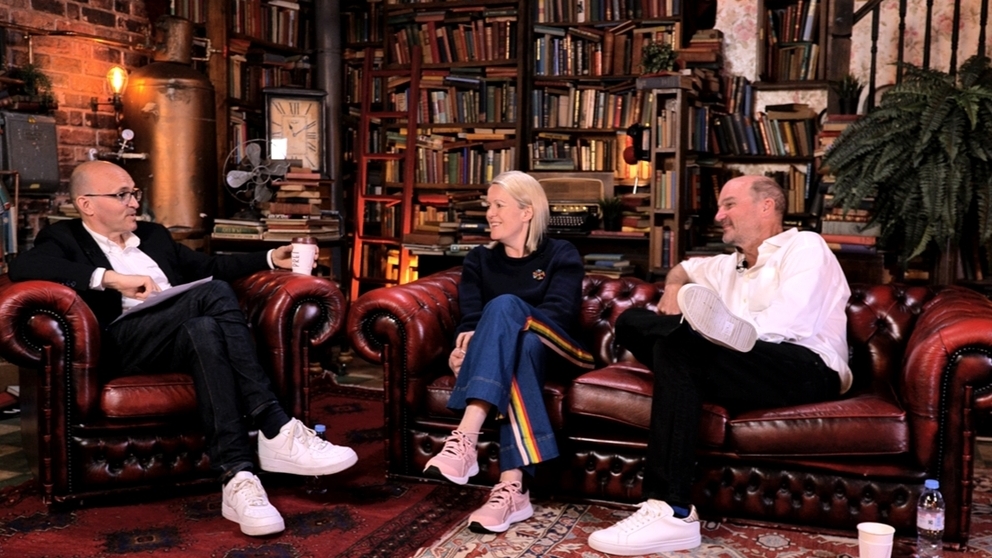Broadcast organisations and vendors are having to put more emphasis on retention of talent as millennials evince a diminished desire to stay at any one company for an extended period, writes David Davies.
There has been considerable discussion in recent years about the challenges involved in acquiring sufficient production, engineering and technical staff. Competition for top talent is intense, and despite the welcome explosion in new training enterprises and initiatives, there is a lingering question mark over the ability of the industry to furnish itself with the next generation of chief engineers and system designers, among other key roles.
Indeed, the state of the recruitment crisis was underlined strongly by the IABM’s Talent Shortages in MediaTech report, published in June, which showed that 80% of members are still struggling to recruit people into engineering and technical roles. It’s a troubling figure that should be a wake-up call for anyone still harbouring complacency about the availability of broadcast skills...
You are not signed in.
Only registered users can view this article.

Behind the Scenes: Disclaimer
For all the slippery perspectives in psychological thriller Disclaimer, the truth is lying in plain sight, explains Editor Adam Gough.
Behind the Scenes: Conclave
Mystery, suspense and a game of thrones in the Vatican lensed by cinematographer Stéphane Fontaine.
, Director Jon M. Chu, and Ariana Grande (as Glinda) on the set of Wicked.jpg)
Behind the Scenes: Wicked
Opposing colours in the same frame, 6000 lightning cues and shooting 17 sound stages - one the size of four American football fields, all merit why Wicked is the ‘latest hurrah to the golden days of epic studio filmmaking,’ writes Adrian Pennington.

Behind the Scenes: Blitz
The director of 12 Years A Slave and Small Axe has created a historical aesthetic of a tragic and turbulent London, depicting lives subjected to a permanent black out, in Blitz, Steve McQueen’s new film based on authentic anecdotes and inspired by filmmaker archives of the era.

Behind the Scenes: How sound and vision get under the skin in Nickel Boys
Re-recording Mixer Tony Volante and Cinematographer Jomo Fray explain how they told a drama from the perspective of its lead characters.



